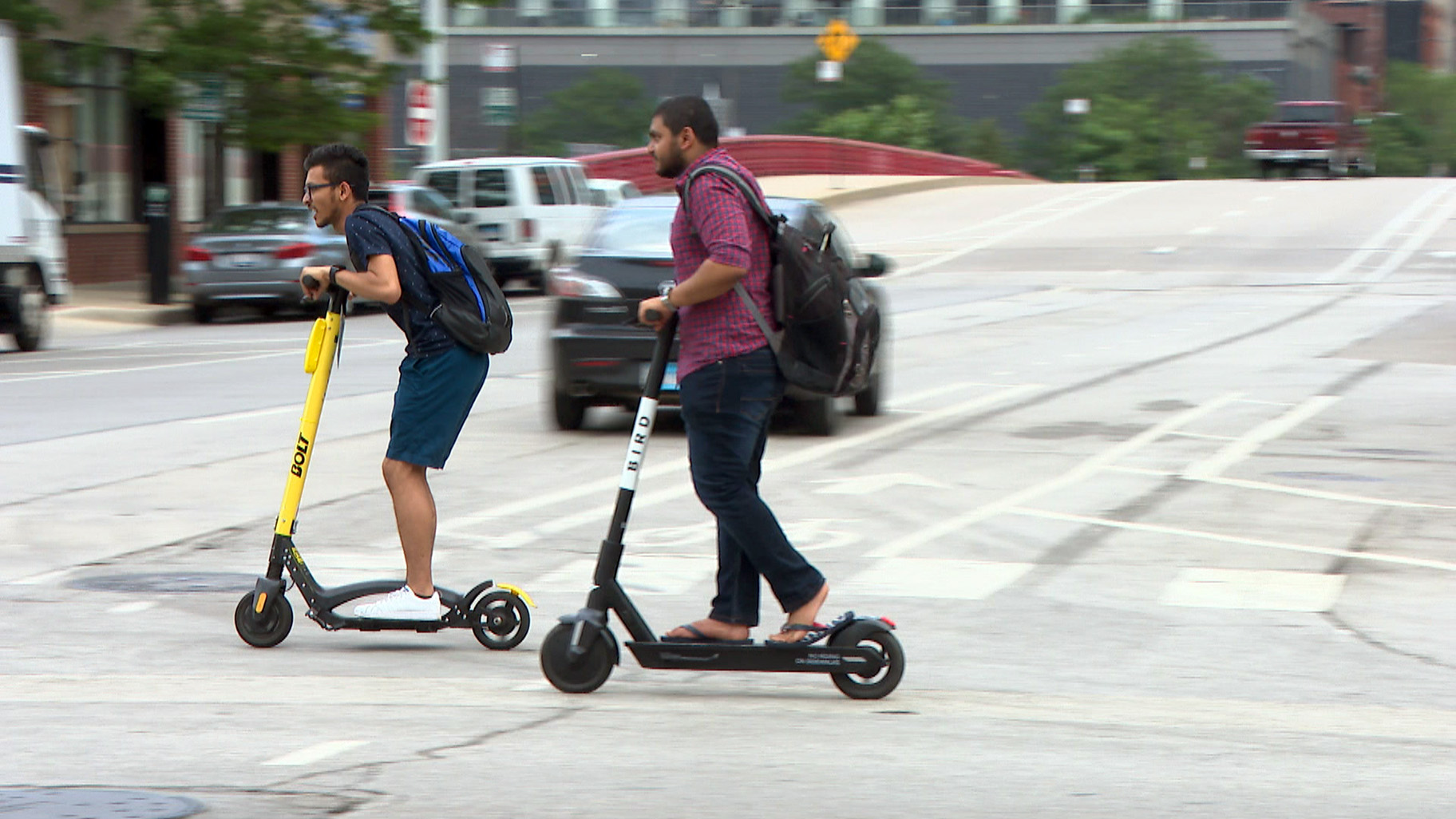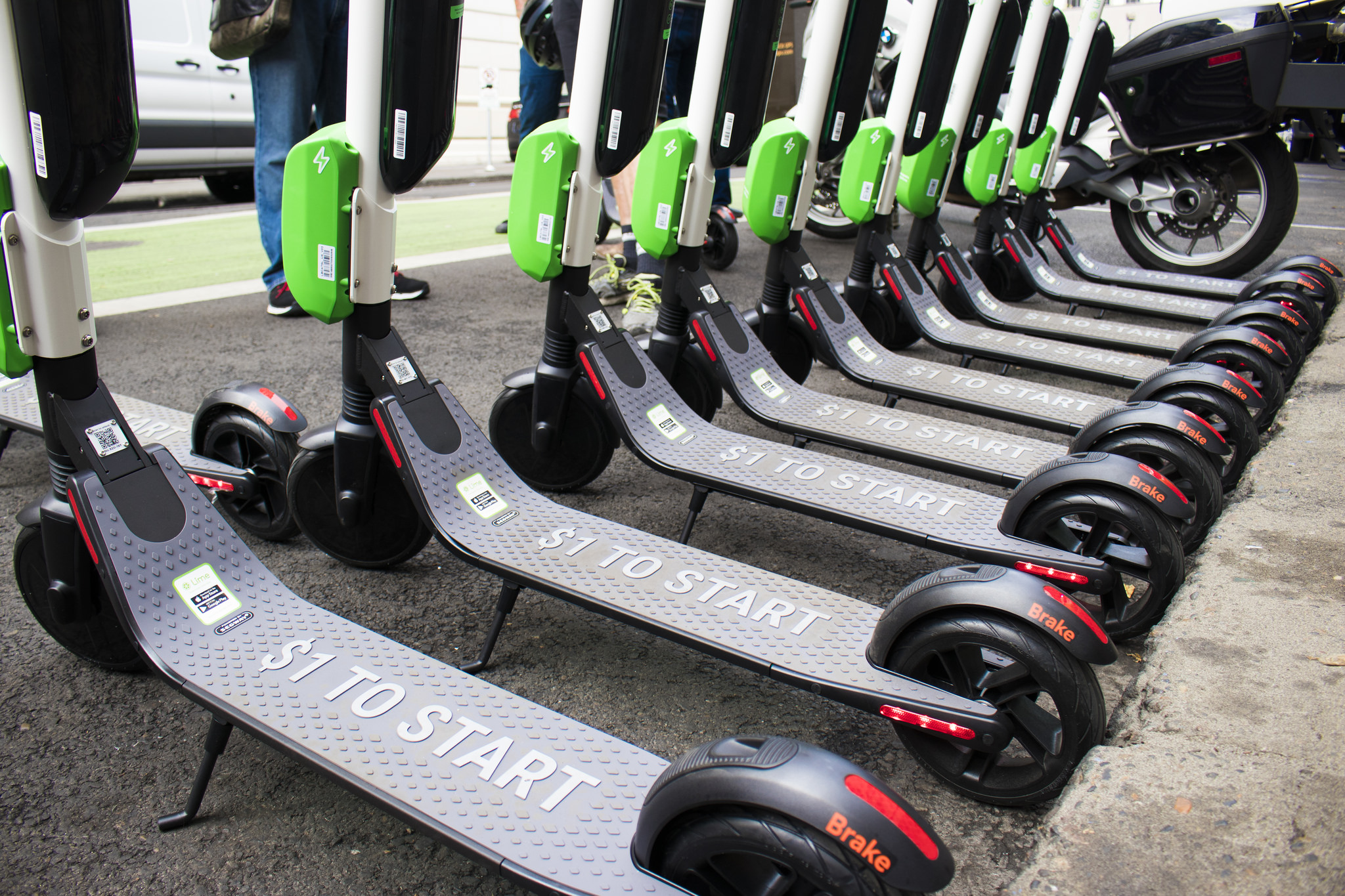Sports play an essential role in promoting physical health, mental well-being, and social interaction. Whether you prefer indoor or outdoor activities, engaging in sports provides numerous benefits and opportunities for personal growth and enjoyment.Indoor sports refer to activities that are conducted within an enclosed space, such as Walking Pad,gyms, leisure centers, or sports halls. These sports offer a controlled environment with regulated conditions, making them suitable for year-round participation. Outdoor sports, on the other hand, are played in open-air environments, such as parks, fields, or natural landscapes. These sports provide a connection to nature and offer unique challenges that can add excitement to the sporting experience. Let’s explore the advantages of outdoor sports!

I. Introduction to the Free Electric Scooter Program
A. Overview of the Goals and Objectives of the Program
The Free Electric Scooter Program aims to provide electric scooters to individuals or communities at no cost, promoting sustainable transportation and reducing reliance on fossil fuels. The program seeks to improve access to eco-friendly transportation options and reduce carbon emissions.
B. Understanding the Importance of Sustainable Transportation Initiatives
Sustainable transportation initiatives play a crucial role in mitigating climate change, reducing air pollution, and improving urban mobility. Electric scooters offer an efficient and environmentally friendly mode of transportation, contributing to cleaner and greener cities.
C. Exploring the Benefits of Providing Free Electric Scooters to the Community
Providing free electric scooters brings numerous benefits to the community. It offers an affordable and convenient transportation option, especially for individuals with limited access to public transportation. Electric scooters also reduce traffic congestion, improve air quality, and promote active lifestyles.
II. Eligibility and Application Process for the Free Electric Scooter Program
A. Identifying the Target Audience and Eligibility Criteria
- Exploring the Criteria for Individuals or Communities to Participate
The Free Electric Scooter Program may target low-income individuals or communities, students, or specific demographic groups. Eligibility criteria may include income levels, residency, or specific needs for transportation assistance.
- Highlighting the Importance of Inclusion and Equity in the Program
Ensuring inclusion and equity in the program is essential. Efforts should be made to reach underserved communities and address potential barriers to participation, such as language barriers or lack of access to information.
B. Step-by-Step Application Process for the Free Electric Scooter Program
- Providing Guidance on How to Apply for the Program
The application process should be clear and accessible. Applicants may be required to complete an online or paper application form, providing necessary personal information, proof of eligibility, and a statement of need for the electric scooter.
- Exploring Additional Documentation or Requirements for Successful Applications
Additional documentation, such as proof of income or residency, may be required to validate eligibility. Applicants may also need to provide references or letters of support. Clear instructions on required documents and deadlines should be provided to ensure successful applications.

III. Selection and Distribution of Free Electric Scooters
A. Evaluation and Selection Process for Program Participants
- Exploring the Criteria and Factors Considered in the Selection Process
The selection process may consider factors such as financial need, transportation challenges, or potential environmental impact. A panel or committee can review applications and score them based on predetermined criteria to ensure fairness and transparency.
- Highlighting the Importance of Fairness and Transparency in Selection
Fairness and transparency in the selection process are crucial to build trust and credibility. Clear guidelines and criteria should be established, and applicants should be informed of the selection timeline and process.
B. Distribution Methods and Logistics for Free Electric Scooters
- Identifying the Distribution Channels and Processes
Electric scooters can be distributed through various channels, such as community centers, schools, or designated pickup locations. Proper logistics should be established to ensure the smooth distribution of scooters to selected program participants.
- Exploring Strategies for Efficient and Equitable Scooter Distribution
Efficient distribution strategies consider factors such as geographical location, transportation infrastructure, and accessibility. Efforts should be made to ensure equitable distribution, reaching underserved communities, and addressing transportation disparities.
IV. Education and Training for Program Participants
A. Providing Instructional Materials and Resources
- Exploring the Importance of Educational Materials for Safe Scooter Usage
Educational materials play a vital role in promoting safe and responsible scooter usage.
- Highlighting Topics Covered in the Instructional Materials
Instructional materials may include user manuals, brochures, or online resources. They should cover scooter operation, charging instructions, braking techniques, and guidelines for riding in different weather conditions or terrains.
B. Offering Training Programs and Workshops
- Identifying Opportunities for Hands-On Training and Skill Development
In-person or virtual training programs can provide hands-on experience and skill development for scooter riders. These programs may include scooter handling, maneuvering through traffic, and defensive riding techniques.
- Exploring the Benefits of Workshops for Safe and Efficient Scooter Riding
Workshops offer an interactive platform for participants to learn from experts and share experiences with fellow riders.

V. Maintenance and Repair Support for Free Electric Scooters
A. Providing Maintenance Guidelines and Tips
- Offering Comprehensive Maintenance Recommendations for Participants
Participants should receive maintenance guidelines and tips to ensure the longevity and performance of their electric scooters. These may include regular tire checks, brake adjustments, lubrication of moving parts, and periodic inspections.
- Highlighting the Importance of Regular Check-ups and Repairs
Regular check-ups and repairs are essential to ensure the safe and efficient operation of electric scooters.
B. Offering Repair Services and Support
- Identifying Repair Options and Channels for Scooter Participants
Repair services can be provided through authorized service centers, local bike shops, or mobile repair units.
- Exploring Additional Support Services for Program Participants
Additional support services may include discounted or subsidized repair costs, warranty coverage, or a dedicated helpline for troubleshooting and technical support.
VI. Program Evaluation and Impact Assessment
A. Monitoring and Evaluating Program Performance
- Identifying Key Performance Indicators for the Free Electric Scooter Program
Key performance indicators may include the number of scooters distributed, participant satisfaction levels, changes in commuting behavior, and reductions in carbon emissions.
- Highlighting Methods for Collecting and Analyzing Data on Program Impact
Data can be collected through surveys, interviews, or tracking systems embedded in scooters. Analyzing data on program impact can help identify areas for improvement and inform future iterations of the program.
B. Assessing the Environmental and Social Impact of the Program
- Exploring the Benefits of Sustainable Transportation on the Environment
The program’s environmental impact can be assessed by measuring reductions in greenhouse gas emissions, improvements in air quality, and reductions in car usage. These data can contribute to understanding the broader environmental benefits of sustainable transportation initiatives.
- Identifying Social and Community Impact of the Free Electric Scooter Program
Assessing the social impact involves gathering feedback from program participants and the community. Data on increased accessibility, improved mobility, and enhanced quality of life can demonstrate the positive influence of the program on individuals and communities.
The Free Electric Scooter Program aims to promote sustainable transportation for all by providing free electric scooters to eligible participants. By offering education, training, maintenance, and repair support, the program ensures safe and efficient scooter usage. Regular evaluation and impact assessment help monitor the program’s performance and measure its environmental and social impact. Embrace the opportunity to participate in the Free Electric Scooter Program and contribute to a greener and more accessible transportation future.

